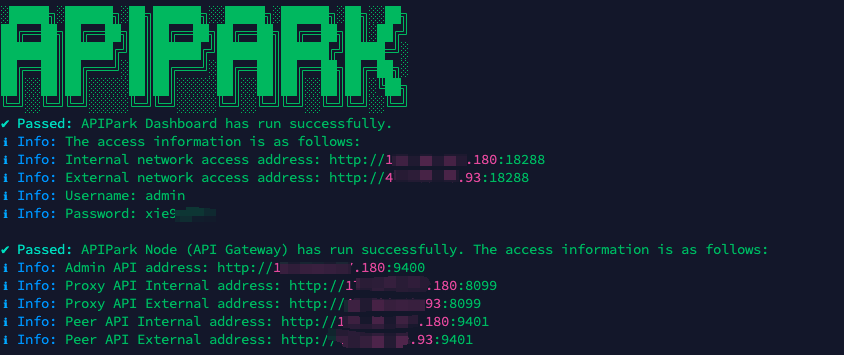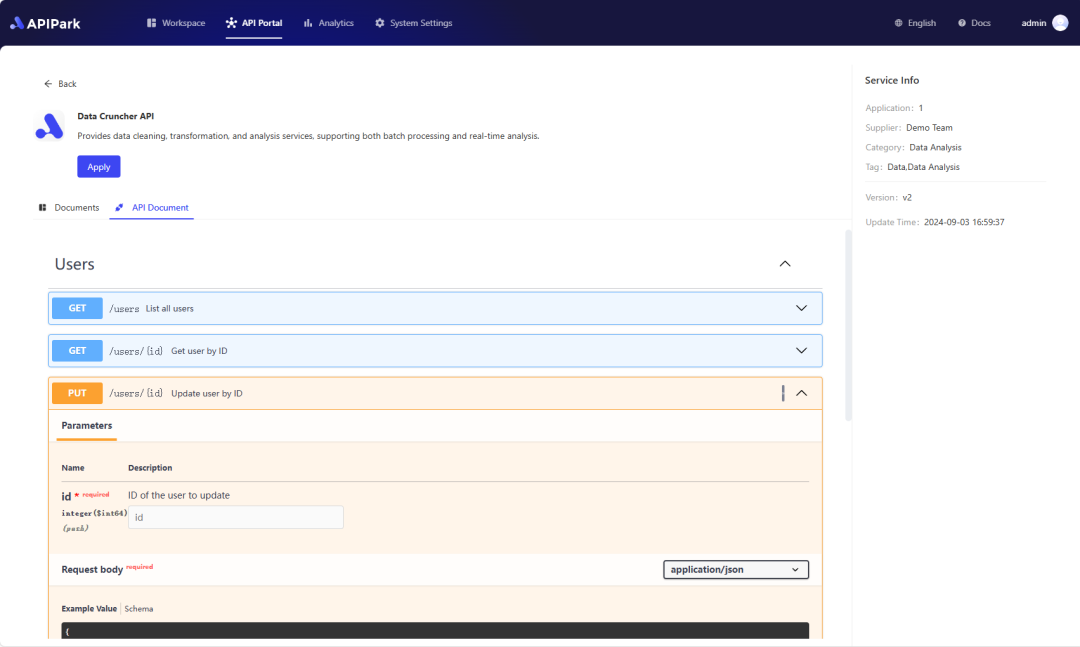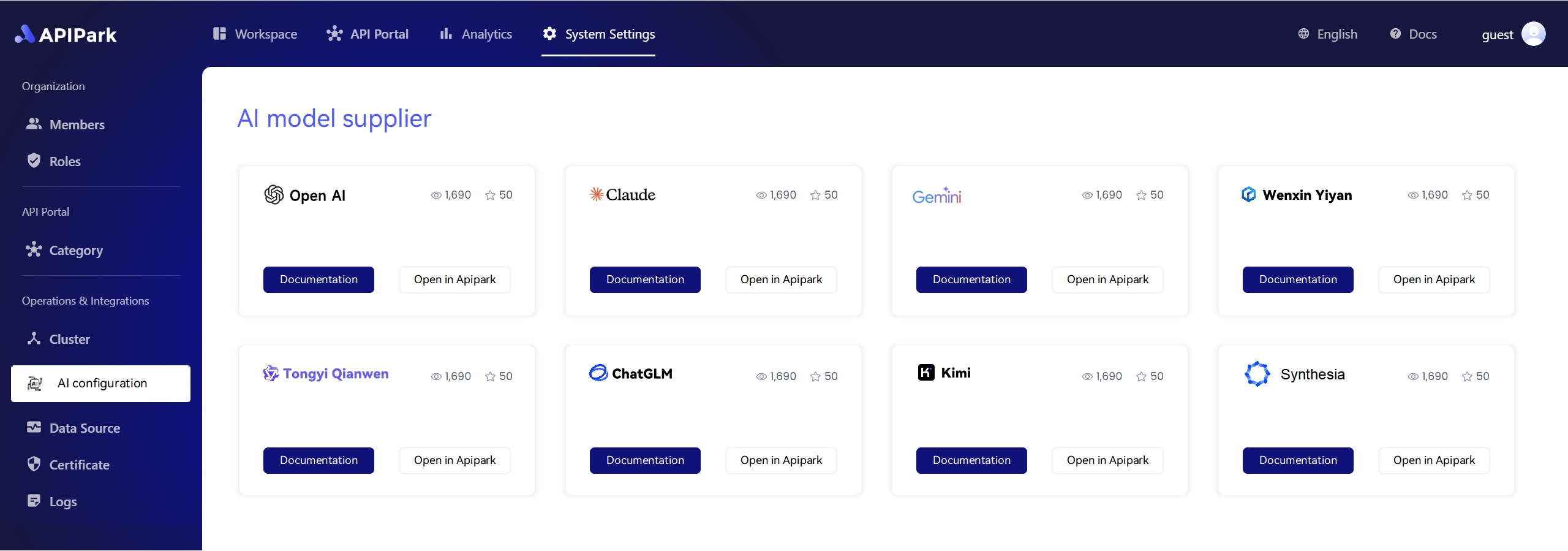In today’s fast-paced digital landscape, the effective management of APIs is paramount for businesses looking to streamline operations, enhance user experiences, and promote innovation. One critical element that has emerged in this context is OPA (Open Policy Agent). This comprehensive article will delve into the definition of OPA, its significance in modern web development, and how it integrates with technologies such as the AI Gateway and IBM API Connect. We’ll explore the principles of API Lifecycle Management, illustrate its utility, and provide practical examples along the way.
What is OPA?
OPA, or Open Policy Agent, is an open-source, general-purpose policy engine designed to help developers implement fine-grained control over application security and policies. Essentially, OPA decouples policy decisions from the application logic, allowing organizations to manage policies across their stack in a unified manner. This capability is essential for organizations that require dynamic compliance, access control, and sophisticated policy management.
Key Features of OPA
-
Decoupled Policy Management: OPA enables developers to manage their policies separately from application code, thus ensuring that application logic remains focused on functionality.
-
Declarative Policy Language: OPA uses a high-level declarative language called Rego, which allows for the expression of policies in a human-readable format.
-
Rich Ecosystem and Integrations: OPA can integrate seamlessly with various platforms and tools, notably IBM API Connect, to enhance security and compliance measures.
The Role of OPA in Modern Web Development
Understanding OPA is critical for modern web developers and API architects for several reasons:
-
Security Compliance: As the landscape of web development evolves, security must be prioritized. By leveraging OPA, organizations can enforce security policies systematically.
-
Dynamic Policy Management: Web applications often require different security policies based on user roles or other dynamic variables. OPA facilitates this level of adaptability.
-
Centralized Policy Control: Organizations with complex infrastructures benefit from having a centralized policy management system. OPA offers a universal way to manage policies across diverse services and applications.
The Importance of API Lifecycle Management
API Lifecycle Management (ALM) involves the systematic management of an API throughout its lifecycle—from creation and deployment through to retirement. By employing ALM practices, organizations can:
- Improve API usability by ensuring that they are well-documented and easy to consume.
- Maximize the API’s performance and reduce downtime through proactive monitoring and management.
- Maintain compliance with regulations and internal policies, enhancing security and reducing risks.
OPA plays a significant role in ALM by facilitating policy enforcement at every stage of the API’s lifecycle. This includes:
- Design Phase: Policies can define who can access what during the design of the API.
- Deployment Phase: Enforcing security policies to mitigate risks when APIs are deployed.
- Monitoring Phase: Continuously monitoring API usage against defined policies for compliance and governance.
- Retirement Phase: Ensuring that deprecated APIs do not continue to expose data or services.
Benefits of Combining OPA with API Lifecycle Management
Integrating OPA into your API lifecycle ensures that security remains a top priority throughout the API’s existence. Consider the following advantages:
| Key Benefit | Description |
|---|---|
| Consistent Policy Application | Policies are consistently applied across APIs, reducing the risk of configuration mistakes. |
| Reduced Complexity | Developers can focus on application functionality while OPA handles policy enforcement. |
| Enhanced Security | OPA provides a layer of security that is dynamic and adaptable to changes in the environment. |
AI Gateway, IBM API Connect, and OPA
AI Gateway refers to a technology that allows different AI services to be accessed through a unified interface, simplifying their integration into applications. When paired with IBM API Connect, a powerful platform for creating and managing APIs, organizations can enhance their API management capabilities significantly.
How IBM API Connect Works with OPA
IBM API Connect provides a framework for managing the entire API lifecycle, while OPA adds an essential security layer. There are several ways in which they work together:
-
Policy Enforcement: With OPA integrated into IBM API Connect, security policies can be enforced at API gateways, ensuring that only authorized requests can access specific resources.
-
Access Control: OPA can be used to define user roles and permissions directly linked to API services set in IBM API Connect.
-
Audit and Compliance: By utilizing OPA’s comprehensive logging and auditing capabilities, organizations can maintain compliance and conduct thorough reviews of access patterns to the API.
Example of Defining Policies with OPA
The following is a basic example of how OPA can be used to define policies for API access control. Suppose we want to enforce a policy that only certain user roles can access a particular API endpoint:
package api.access
default allow = false
allow {
input.role == "admin"
}
allow {
input.role == "editor"
input.endpoint == "/create"
}
In this example, the policy allows access to the /create endpoint only to users with the role of “admin” or “editor”. This simple rule showcases OPA’s ability to manage access dynamically based on defined roles.
APIPark is a high-performance AI gateway that allows you to securely access the most comprehensive LLM APIs globally on the APIPark platform, including OpenAI, Anthropic, Mistral, Llama2, Google Gemini, and more.Try APIPark now! 👇👇👇
Conclusion
The adoption of OPA in modern web development is not merely a trend, but an essential evolution of how organizations manage security and compliance. By understanding OPA and its integration with tools like the AI Gateway and IBM API Connect, developers and businesses can create a robust framework for API management.
With the increasing reliance on APIs in digital transformation, the significance of API Lifecycle Management facilitated by OPA cannot be overstated. OPA’s ability to enforce policies consistently across the API lifecycle, coupled with its robust integration capabilities, positions it as a cornerstone of secure and efficient API management in today’s web development landscape.
In summary, OPA is not just a tool but a foundational element that empowers organizations to maintain control, security, and compliance in a world where APIs are the lifeblood of technology integration. As we continue to explore the digital frontier, tools like OPA will be vital in navigating the complexities of API management and ensuring a secure web experience for users across all sectors.
🚀You can securely and efficiently call the Gemni API on APIPark in just two steps:
Step 1: Deploy the APIPark AI gateway in 5 minutes.
APIPark is developed based on Golang, offering strong product performance and low development and maintenance costs. You can deploy APIPark with a single command line.
curl -sSO https://download.apipark.com/install/quick-start.sh; bash quick-start.sh

In my experience, you can see the successful deployment interface within 5 to 10 minutes. Then, you can log in to APIPark using your account.

Step 2: Call the Gemni API.
